Nothing But EVOO: Why Heinen’s Offers Only Extra Virgin Olive Oil
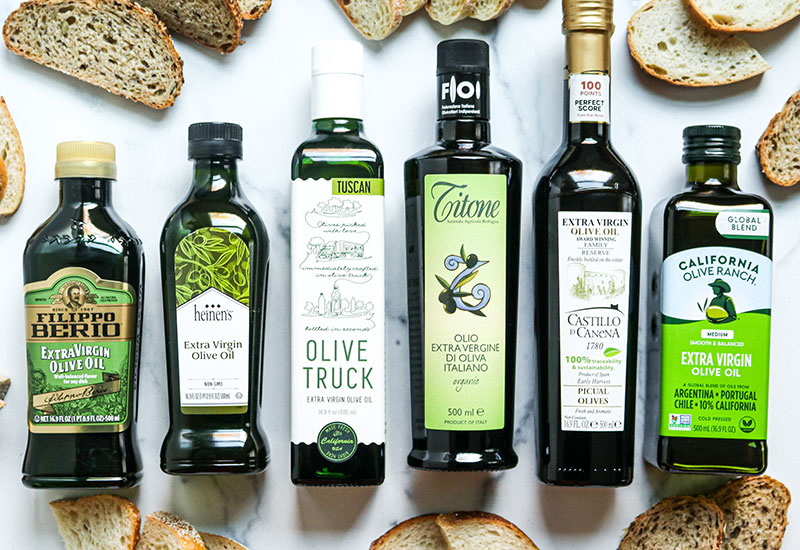
The following story was written by Heinen’s partner Elaine T. Cicora. Photography was provided by Carolyn Hodges of The Dinner Shift.
A recent review of our olive oil offerings lead us to a single conclusion: In terms of cooking uses, health benefits and value, only extra virgin olive oil products would do at Heinen’s.
As a result, all olive oils labeled “pure,” “light,” or “unfiltered” have been removed from the shelves at all 23 Heinen’s stores in Ohio and Illinois.
What remains is a selection of the world’s best 100% extra virgin olive oils, gathered from around the Mediterranean and across California, suitable for a full range of culinary uses and set at a variety of price points to accommodate every budget.
We began the process of upgrading our olive oil selection in July 2023; considering harvest dates and import times, the reset was completed in January 2024.
How Versatile is Extra Virgin Olive Oil?
Heinen’s is well known for its commitment to selling only the best, and the choice to upgrade the lineup was squarely based on issues of quality and value. Still, the decision to carry only EVOOs has caused a ripple of concern among Heinen’s faithful shoppers, admits Jennifer Thornton, a culinary instructor, author and one of the world’s leading authorities on olive oils.
Thornton, owner and educator at Northeast Ohio-based Buttercream & Olive Oil, served as Heinen’s trusted expert and consultant on the upgrade.
“Olive oil is a complex and misunderstood product,” Thornton said – and one of the most critical misconceptions is that extra virgin olive oil is not suitable for cooking.
In fact, with a smoke point of 400°F and flavors ranging from mild and buttery to pungent and robust, “extra virgin olive oil is suitable for all culinary purposes,” said Thornton, “whether you’re baking, sautéing or even deep-frying.”
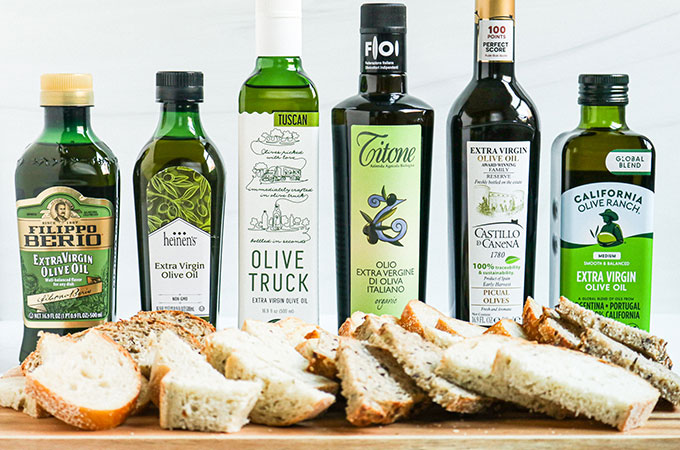
Are All Olive Oils Created Equal?
Then there are the questions of quality and value.
By definition, extra virgin olive oil comes from the olives’ first pressing. However, according to Thornton, who spent more than 15 years studying olive oil production and working in mills in France, Italy, Spain, and California, that first pressing extracts nearly all the available oil.
“In modern mills, unless we add heat or add chemicals to the process, we aren’t going to get anything more out of those olives,” Thornton said.
As a result, non-extra virgin olive oils – often labeled “pure” or “light” – are not really olive oil. “They are refined oils – which is a nice way of saying they have been bleached and de-odorized.”
In other words, she adds, “you are looking at something that, at that point, is basically a vegetable oil, but is being priced like an olive oil. And shoppers are buying it, thinking they are getting something healthful and of high quality – and they are not.”
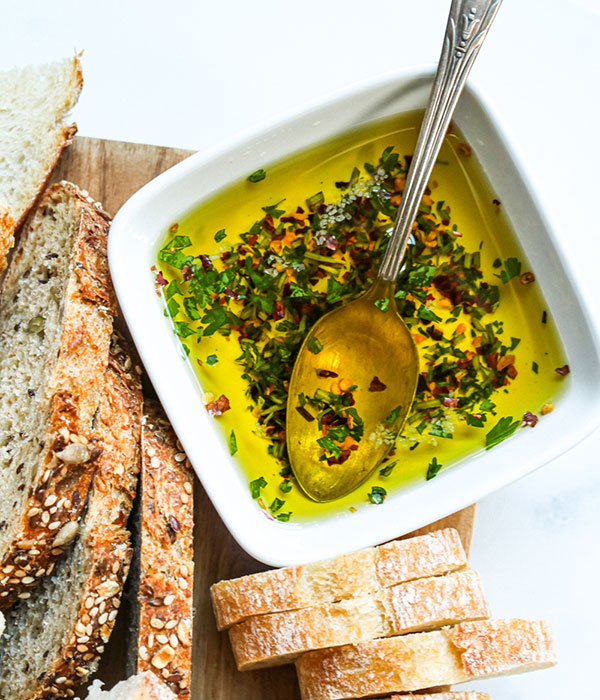
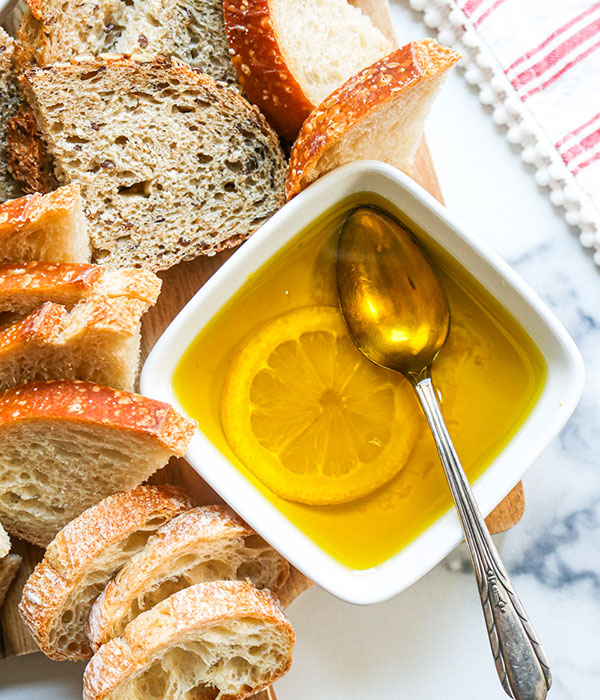
What to Look for When Purchasing Olive Oil
The term “unfiltered” is equally problematic, Thornton said. Freshly milled olive oil naturally contains sediments, she explained, and “while the sediments are not harmful, they do reduce shelf life.” In fact, studies show that olive oil sitting on its sediments will start to oxidize within three days, a process that negatively impacts flavor, aroma and health benefits. Thus, filtering is essential to maintaining EVOO quality. “Those who profess that filtering is not necessary are just trying to save money,” she said.
What else makes for a top-quality extra-virgin olive oil? “That it is 100% olives, free from sensory defects like mustiness or rancidity, meets the laboratory analysis requirements and that it displays the three sensory factors characteristic of fine olive oils – bitterness, fruitiness and pepperiness,” Thornton explains. To prevent oxidation, top quality extra-virgin olive oils also must be protected from light, so they are bottled in dark glass or opaque metal containers, she adds. “You never want to purchase olive oil in clear glass or clear plastic containers.”
The Difference Between “Old World” and “Mainstream” Extra Virgin Olive Oils
While every bottle of EVOO now on Heinen’s shelves shares the virtues of being top quality, there are some differences. Old-World styles, like Titone Extra Virgin Olive Oil from Sicily (one of Thornton’s favorite EVOO regions), and the Spanish Castillo de Canena Reserve (one of the most highly awarded EVOOs in the world) come from olives that are estate-grown and bottled. Mainstream varieties, on the other hand, may contain olives from several regions, and are not necessarily processed where they are grown. Olive oils in this category include California Olive Ranch, Filippo Berio and Heinen’s own brand. There will also be a third category of artisan California EVOO that offers a uniquely nuanced and domestic option.
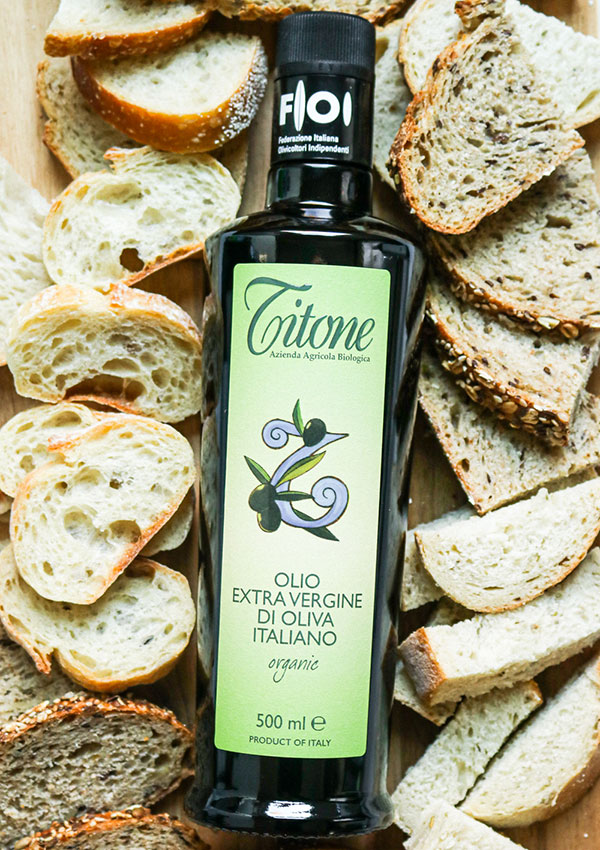
The EVOOs also vary in price, thanks to factors like import costs and production size. Generally speaking, Old-World oils are more expensive; mainstream oils tend to be lower priced.
And while all Heinen’s EVOOs can be used for cooking and baking, price point can be a differentiating factor for how they are used, Thornton says. “Those at a lower price point might be for everyday usage: things like frying, baking, uses like that. At a higher price point, I’m going to use them in a more intentional manner – dipping my bread, drizzling on ice cream, or finishing a pasta, for instance – where I can appreciate the nuances. And I’m always going to have a few different categories in the house, based on price point, for a range of different uses.”
In the face of so many tempting new options, how do you find the ones that work best for you? “Try them all!” Thornton suggests. “You can choose with confidence, knowing that every one of the extra virgin olive oils on Heinen’s shelf is of the best quality.
“So, play around a little! Try a new region or a new variety every time you shop and discover which ones you enjoy the most.”


